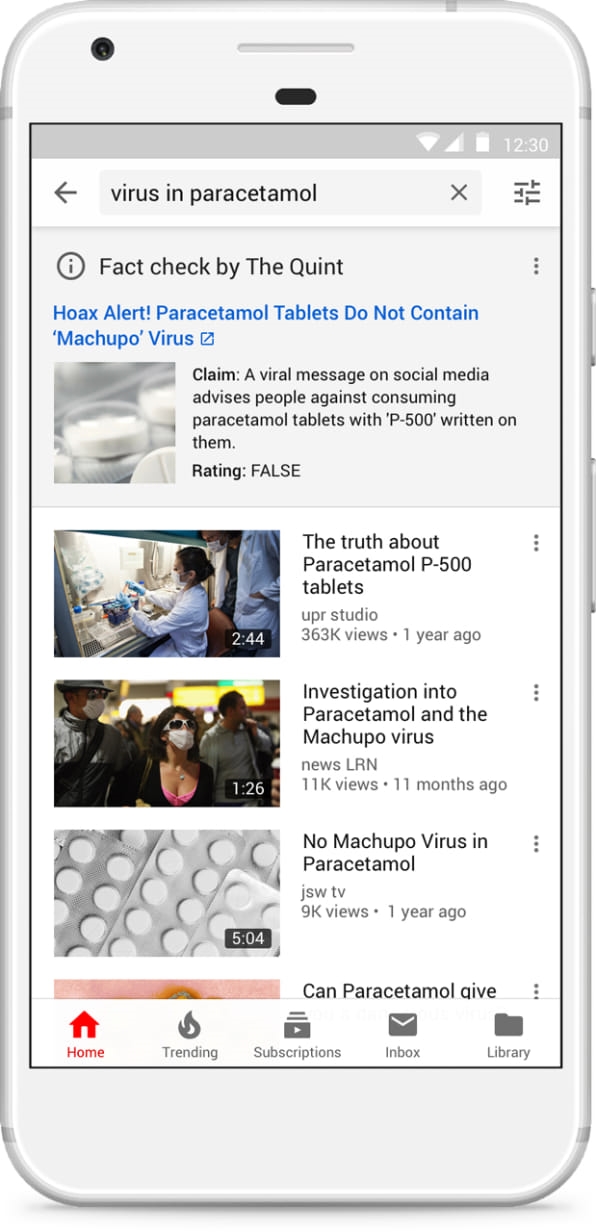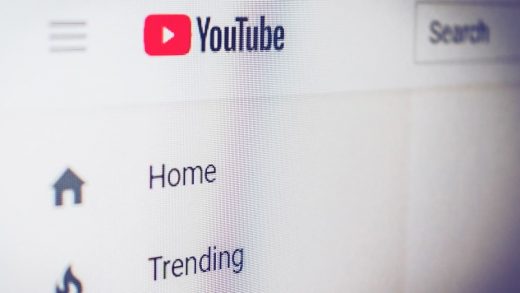YouTube’s new fact-check feature will try to pour water on viral conspiracy videos
YouTube is rolling out a new service that could help slow the spread of fake news delivered via video. When people turn to YouTube for news stories and type in certain terms or topics that are “prone to misinformation,” so-called information panels will pop up to debunk rumors or point out fake or misused videos, BuzzFeed News first reported.
For example, say you’re on YouTube searching for a story about Milli Vanilli’s Fab Morvan and his awesome singing voice. (Just work with me here.) An information panel could pop up declaring “Hoax Alert!” because Fab Morvan didn’t actually sing in Milli Vanilli. The information contained in those little information panels is provided by YouTube’s verified fact-checking partners, who go through an eligibility process derived from schema.org’s ClaimReview markup process. Once they’re onboarded, the eligible publishers can write fact-check articles that could show in search results on YouTube. Those fact-check information panels are launching in India first (in English and Hindi), and will expand to other countries throughout 2019.

It’s all part of what a YouTube spokesperson described as “ongoing efforts to build a better news experience on YouTube.” It’s an effort Google kick-started last July, when it introduced its guiding principles as part of the Google News Initiative (GNI) with the aim of helping journalism thrive in the digital age. For YouTube’s part, that meant helping authoritative (and hopefully factual) content rise to the surface of YouTube’s sprawling morass of videos. The idea was to make credible sources more readily accessible, partially through new features that promote verified news sources when a major news event happens.
According to a YouTube spokesperson, the feature is only available to a limited number of users in India. It’s a good test, because India is one of YouTube’s largest markets with nearly 250 million users, and the information panels will work with either Hindi or English searches. Plus, in the wake of the rising tensions between India and Pakistan, misinformation has been flooding social media in both countries. A YouTube spokesperson sent along a screenshot of its information panel in action, debunking a video that tried to pass off a bomb explosion in Syria as an attack on Indian forces. If the test goes well, YouTube plans “to roll this out in more countries as time goes on,” according to a spokesperson.
That said, it’s a funny kind of fact-check: Videos containing lies and hoaxes can still be posted and will still show up in YouTube search results. YouTube isn’t fact-checking them, but is instead relying on verified third parties to add disclaimers that will show up in search results as terms become more popular. However, if you know the videos are spreading lies, misinformation, or something else worthy of a hoax alert, why not just remove them entirely?
(26)



